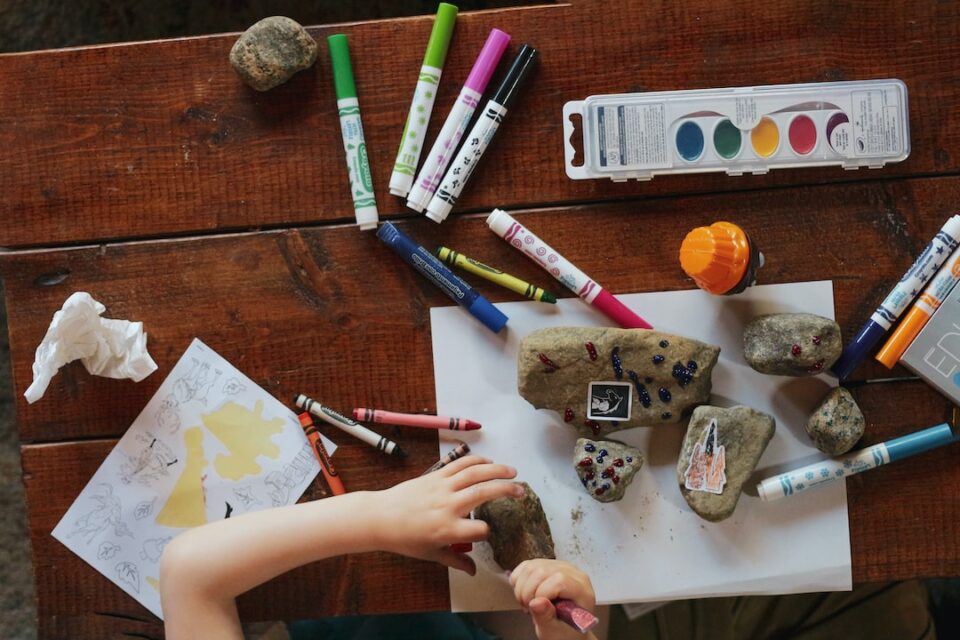The Influence of Social Media on Contemporary Art
In our constantly evolving digital age, it is no surprise that social media platforms have revolutionized the way we communicate, share and engage with the world. With billions of users across the globe, these platforms have become powerful tools that have seeped into every aspect of our lives, including the art world. This blog post aims to explore the influence of social media on contemporary art, examining how it has shaped artists’ practices, transformed art consumption, and created new opportunities for visibility and collaboration.
One of the most notable ways in which social media has influenced contemporary art is the way artists create and share their works. With platforms such as Instagram, Facebook, and Twitter, artists now have immediate and direct access to a global audience. They can showcase their art, share their creative process, and even sell their works without the need for intermediaries like galleries or agents. This democratization of the art world has allowed artists, especially emerging ones, to gain recognition and build their own following, bypassing the traditional gatekeepers of the art industry.
Moreover, social media has become an integral part of artists’ creative processes. Many artists use platforms like Pinterest or Tumblr as sources of inspiration, creating virtual mood boards and gathering ideas from various images and artworks shared by others. This has led to a blending of influences and a broader spectrum of artistic styles, as artists are exposed to a myriad of cultures, techniques, and genres through social media. Consequently, contemporary art has become more diverse and eclectic, reflecting this newfound global interconnectedness.
Another significant impact of social media on contemporary art lies in the way we consume and experience art. In the past, visiting museums, galleries, and exhibitions were the primary means of engaging with artworks. However, social media has transformed this dynamic by bringing art directly to our screens. Now, we can view and appreciate art from all corners of the world, without leaving the comfort of our homes. Artists can document their exhibitions or performances, allowing us to witness their work in real-time or even on-demand. This has made art more accessible to a wider audience, transcending geographical and financial barriers.
Moreover, social media algorithms and curated feeds have also changed the way we encounter artworks. Platforms like Instagram use algorithms to suggest content based on our interests and interactions, effectively curating our art consumption. This has led to the rise of the “insta-genre,” artworks that are tailor-made for digital platforms – visually striking, instantly recognizable, and shareable. While some argue that this has resulted in the creation of formulaic and commercialized art, others see it as an opportunity for artists to adapt their work to the digital age and captivate new audiences.
Finally, social media has opened up new possibilities for collaboration and collective art-making. Artists can now connect and collaborate with fellow artists from around the world, breaking free from the limitations of geographical proximity. Online communities and groups have formed, where artists can exchange ideas, provide feedback, and engage in creative conversations. This has led to the birth of collaborative art projects, virtual exhibitions, and even art movements that exist solely in the digital realm. The collective spirit fostered by social media has enabled artists to push the boundaries of their practice and explore new artistic territories.
In conclusion, social media has undoubtedly shaped the contemporary art landscape in profound ways. It has redefined the relationship between artists and their audience, providing a platform for self-promotion, inspiration, and artistic exchange. It has transformed the way we consume and experience art, making it more accessible, diverse, and interactive. Whether we embrace or question its influence, one cannot deny the role of social media in shaping the art of our time.


